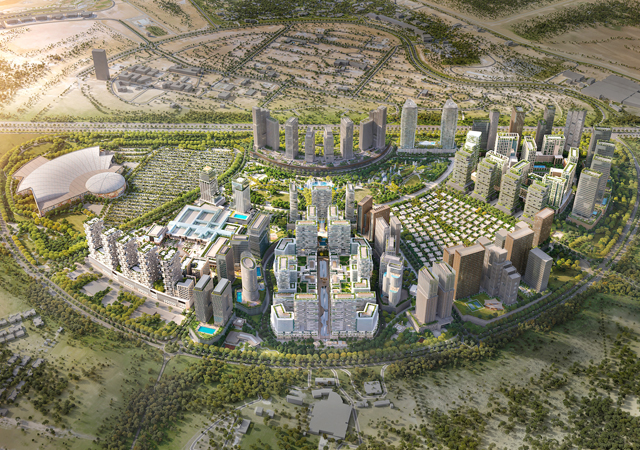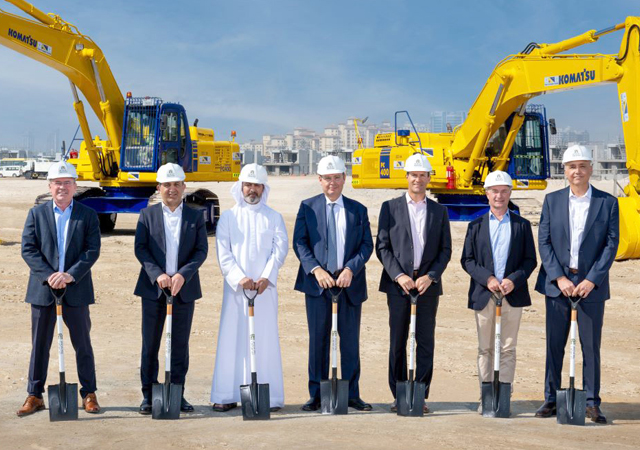
 The Z40N ... easy reach in tough spots.
The Z40N ... easy reach in tough spots.
The vast range of access platforms currently available means there is an ideal equipment solution for almost every possible work site application.
Since 1966, the US-based access equipment manufacturer Genie Industries has been developing these aerial products to solve the challenges operators face. Products in the Genie family represent the full-line of access platform products in the industry and include articulating booms, telescopic booms and scissor lifts, among others. These self-propelled machines provide fast and efficient solutions to meet the needs of the particular job site.
Scissor lifts
Scissor lifts utilise a lifting mechanism consisting of a stack of crossed tubes that work in a ‘scissor-like’ fashion when the platform is raised or lowered. These machines are designed for use primarily on firm level surfaces to access areas directly overhead. Customers often prefer scissor lifts because they feature big work decks and the ability to lift heavier loads. The greater lift capacities allow the operator to carry larger and heavier combinations of tools and materials. Most scissor lifts also feature a platform extension that slides or rolls out one end of the deck, providing an even larger work area, as well as a few feet of outreach. Generally, the larger the lift, the greater the deck size, lift capacity and extension capability.
Genie electric scissor lifts are exceptionally mobile. Characterised by low noise levels, they are productive and efficient, allowing maximum workspace for larger loads and more workers. The lifts come with non-marking hard-rubber tyres and have high steering angles that provide excellent manoeuvrability. Application examples include ventilation, air-conditioning and electrical works.
Genie rough-terrain scissor lifts are tough, construction-oriented four-wheel drive machines with positive traction control – ideal for increasing productivity in demanding outdoor worksites. Competitive lift speed and large platforms maximise efficiency with the handling (up to 50 per cent gradeability) and capacity needed to do the job faster. Application examples include cladding and construction works.
Overall, scissor lifts are available in a broad range of heights and widths. Machine width is important because it affects the platform size and lift capacity. Most manufacturers assign model numbers to the lifts that help identify the platform height and machine width. For example, the platform height of a Genie GS-1932 is 19 ft (5.8 m) and the chassis width is 32 inches (81.3 cm).
Articulating booms
In 1985, Genie revolutionised the industry by designing and introducing the first articulating boom, the Genie Z-30/20, and since then, the range has grown to accommodate the changing and growing demands of job sites across the world.
Aerial work platforms that utilise multiple boom sections that hinge or ‘articulate’ are known as articulating booms. Genie, for example, produces its Z-booms (“Z” represents the articulation) and has numerous models available with working heights between 11.14 m and 43.15 m and reach out a maximum of 6.25 m to 21.26 m.
Articulating booms are used to access work areas over obstacles and barriers such as shelving or machinery. While they have less horizontal outreach than telescopic booms, they provide greater versatility with up and over positioning. This allows better access to overhead work from aisle ways and other congested areas.
Similar to scissor lifts, there are both industrial and rough-terrain articulating booms. Industrial models are intended for indoor operation and use DC electric power or clean burning fuels (LPG) and are usually equipped with non-marking tyres.
Rough-terrain models are designed to negotiate ungraded construction site terrain. Diesel engines and features such as lug tread tyres, an oscillating axle and four-wheel drive are common on rough-terrain articulating booms.
For applications requiring more reach, the ever-growing line of Genie articulating and telescopic booms are an excellent choice. Electric, bi-energy or engine-powered booms for indoor, outdoor or rough terrain applications ensures that there’s a Genie lift for every job.
Telescopic booms
Telescopic booms offer greater horizontal outreach than any other type of aerial platform – perfect for areas with limited access in construction and industrial applications. Genie telescopic S-booms are also designed for productivity with the traction and drive speed needed to get around the job site and to the work area. The Genie models reach out horizontally between 9.65 m and 24.38 m, with working heights of 14.20 m to 40.15 m.
Genie telescopic S-booms (“S” stands for “stick” booms) provide the traction, torque and speed required to get around the job site and to the work area. Rough-terrain models feature a full-time active oscillating axle and a full-time positive traction system to handle rugged job sites. In addition, some models offer extendable axles that provide stability yet retract for easy transportation. Multiple diesel engine choices are also available.
Easy-to-use proportional controls allow precise positioning while multiple functions operate simultaneously to maximise lift speed. An out-and-up articulating jib boom provides extra horizontal reach and working range. Common application areas include steel works, general construction, petrochemical plants and shipbuilding.
Since its establishment in 1966 with the introduction of the Genie hoist, a portable, pneumatic material lift, Genie Industries – a subsidiary of Terex Corporation – has grown in stature to become globally recognised for its material lifts and aerial work platforms. Headquartered in Redmond, Washington in the US, the company remains at the forefront of innovative design and quality production with its access equipment being widely used on construction and industrial sites around the world.



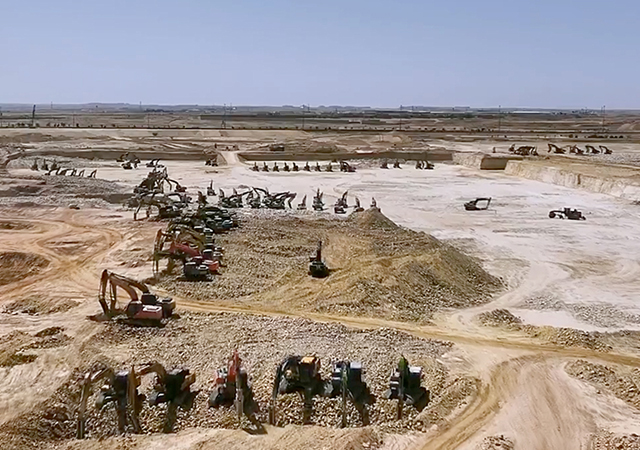
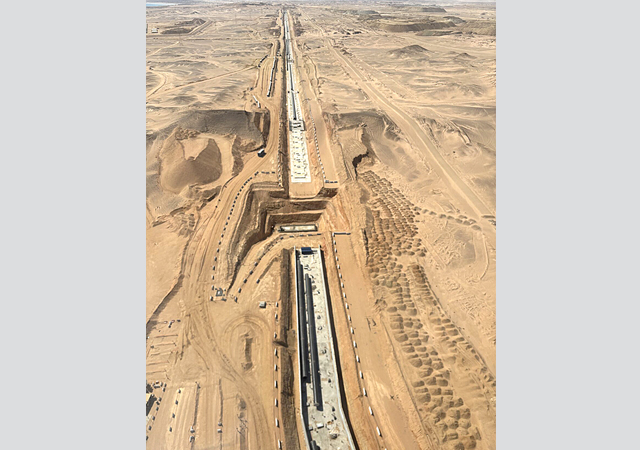





 BIG.jpg)
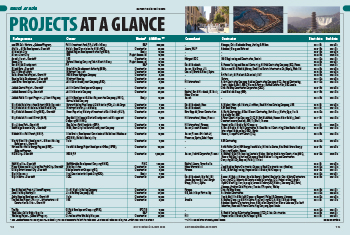
.jpg)
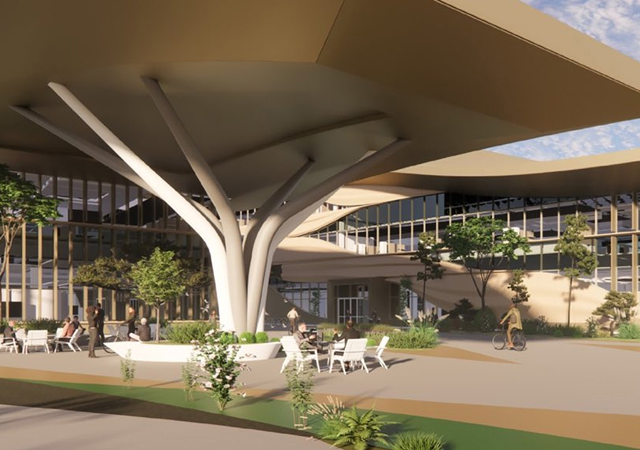

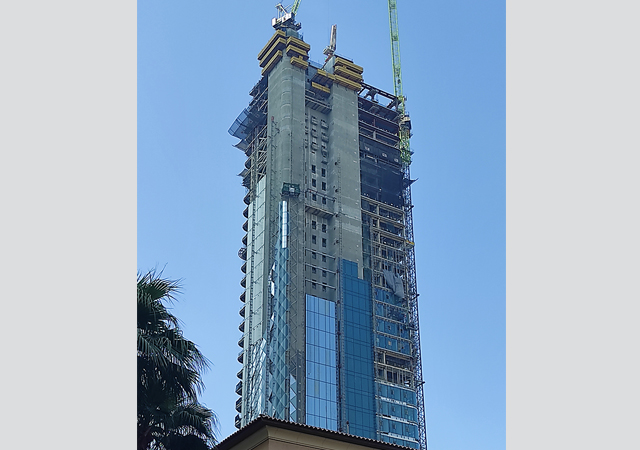
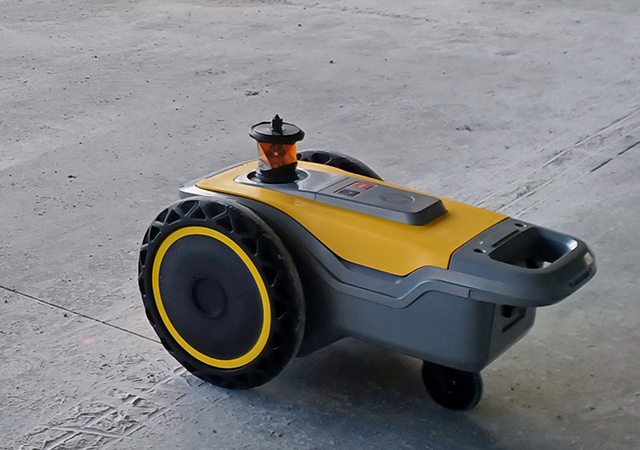
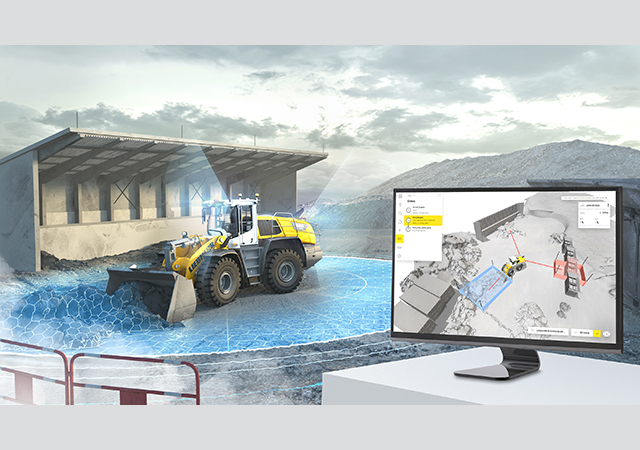
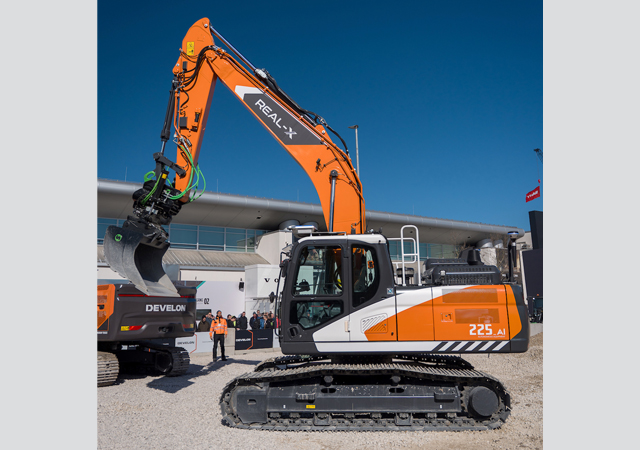
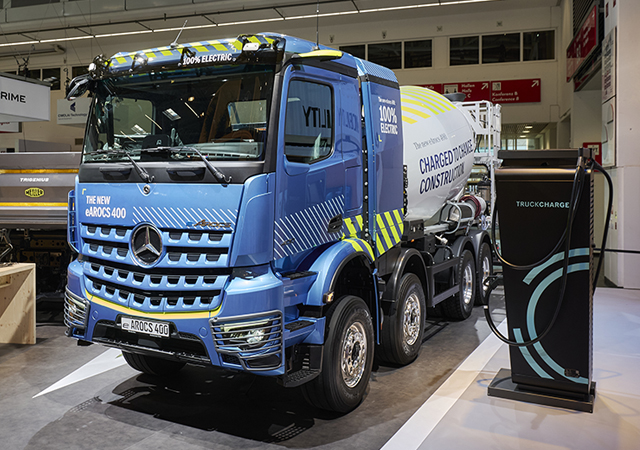



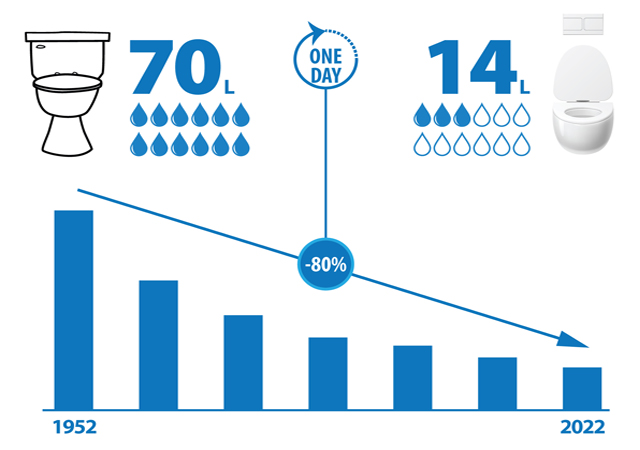


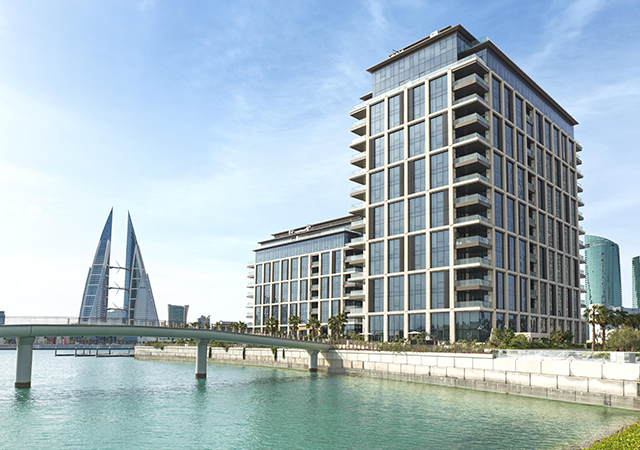




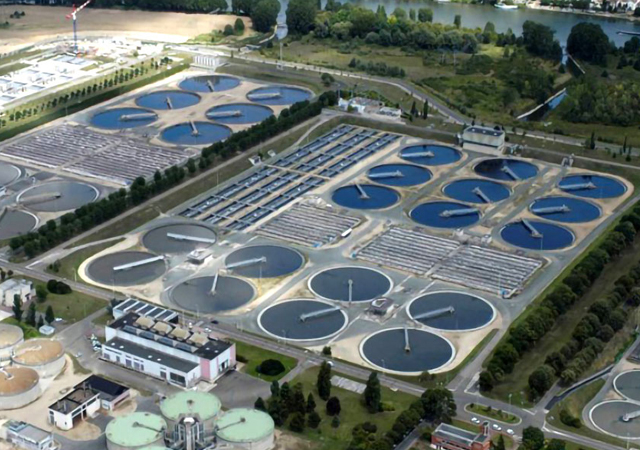


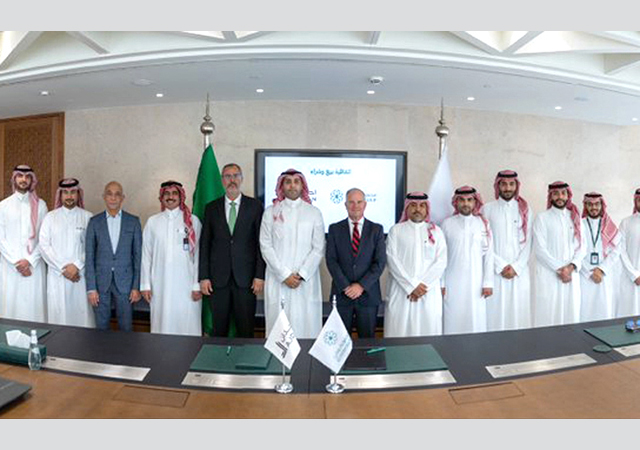

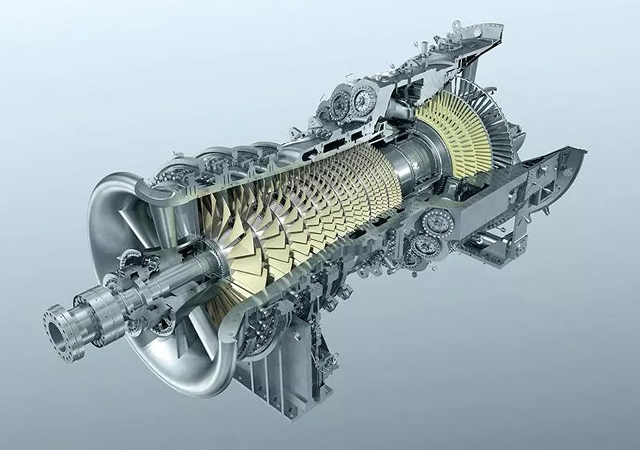

.jpg)
